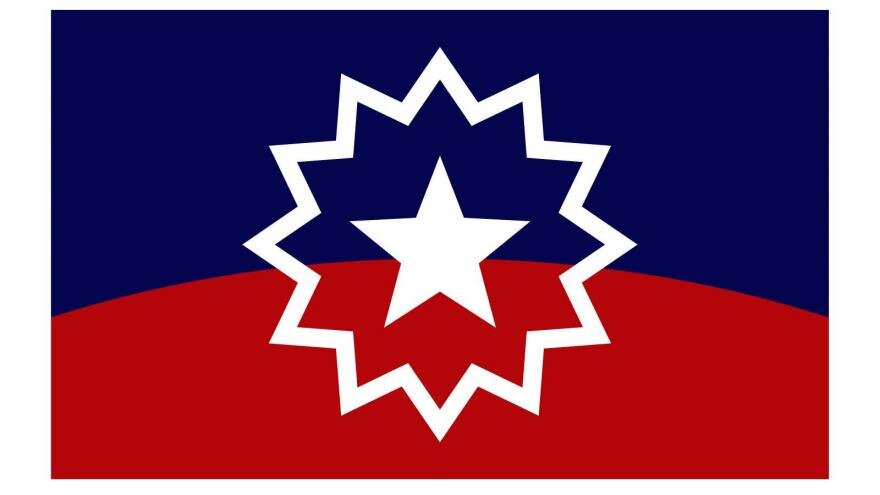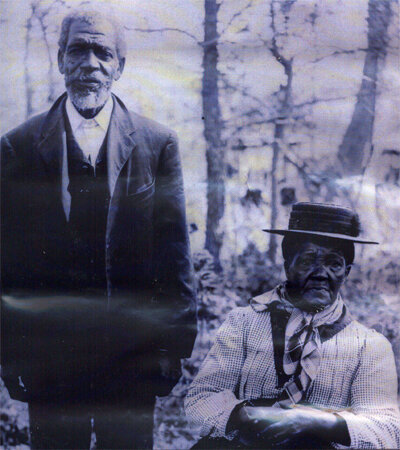Black cinema + culture & Juneteenth
the official JUNETEENTH FLAG. The star represents the freedom of African Americans in all 50 states, the starburst represent a new beginning, the arc represents opportunities and promise, and the red, white & blue are a reminder that the formerly enslved and their descendants are indeed Americans
In 2020, the latest of the racial reckoning years in United States of America’s history, Juneteenth became a national priority with its salient connection to Black American liberation. For those still unaware, Juneteenth is the African-American emancipation day that originated in Texas from when on June 19, 1865, Union Army Maj. Gen. Gordon Granger rode into Galveston, Texas, and told enslaved African Americans of their emancipation. In the years since, the celebration of this liberation, first in Texas, spread throughout the American South and eventually to other areas where Black folks live.
In all honesty, it’s only been just under 20 years since I first heard of Juneteenth, and about 11 years since I began to commemorate it in some way. The latter is in thanks to Brenda Brunson-Bey, owner of Tribal Truths Collection. Brunson-Bey helped start Brooklyn’s Fort Greene Juneteenth Celebration in which many of the first years of activities began in that neighborhood’s section of Fulton Street right around the corner from her shop on South Oxford Street. With activities for youth, elders, and all in-between it grew richer every year. At the time, I worked with ActNow Foundation and at Mz Brunson-Bey’s request, we played films celebrating Juneteenth. This very public and unapologetic celebration of Black freedom while not novel, especially for Black Brooklyn, was unique in that it centered around a holiday that was official for many of us, while not official for the city, state and country at-large. Which was fine...Black folks always create and celebrate without approval from the masses.
Brenda Brunson-Bey of Tribal Truths Collection
That said, while Tribal Truths Collection is no longer open as a storefront business (see: gentrification), Brunson-Bey’s legacy lives on in NYC adopting Juneteenth as a regular holiday, and many other cities and states doing the same.
Her work, and the work of all involved in making the Fort Greene Juneteenth Celebration live and evolve is all about SELF-EMPOWERMENT. Whether in reaction to racism or in reflection of how the ancestors shine upon us, Black self-empowerment is what makes the work that the authentic among us do to empower Black minds and bodies live, even amongst the shallowness that can come from our society, including from other Black folks who just don’t get it, and never will.
With cinema, Juneteenth makes me think of the first Juneteenth film I saw and played for the aforementioned audiences: Carolyn Y. Johnson’s documentary JUNETEENTH CELEBRATION. In it, viewers experience testimonials of the current participants in these events and their poignant recollections of that past, which continues the dynamism of this century-old continuous expression of culture. While Carolyn is no longer with us, her work also helps keep the tradition, and now holiday, alive.
DVD cover art for Carolyn Y. Johnson’s JUNETEENTH CELEBRATION
This self-empowerment and determination also makes me think of the Philadelphia, PA organization MOVE, and the latest documentary made about them, Tommy Oliver’s 40 YEARS A PRISONER. Currently playing via HBO, it follows the efforts of Mike Africa Jr. to exonerate his parents, both incarcerated members of the revolutionary group MOVE. Just earlier this week, one of their most vocal longtime members, Consuewella Africa, whose daughters were killed when the city bombed the group’s West Philadelphia compound in 1985 and who served 16 years in prison following the group’s 1978 clash with police in Powelton Village, died at the age of 67.
The MOVE members (who all adopted the last name ‘Africa’ after following the teachings of their mentor John Africa) sought a life within their compound free from the dregs of a society that doesn’t serve, respect, or build up Black communities or people. For them to empower themselves by inhabiting their own little ‘piece of land’ within the city was an affront to the powers-that-be. They all continue to pay for their uppityness. Recent revelations that the remains of Consuewella Africa’s eldest daughter Tree (14 when killed in the bombing) had been used by the University of Pennsylvania Museum and Princeton University as study aids are heinous. As reported by the Philadelphia Inquirer, this all laid heavily on her.
A hot-button issue, many feel that reparations are due to the members of MOVE, especially in light of this new news and the success of the documentary. It’s no mistake that Black art and culture continue to make these truths evident. (I should add that these mentions are not comprehensive, and there are other films and many, many other people who have kept Juneteenth alive and thriving)
Juneteenth as a day of celebration makes it even clearer that reparations - direct money and land, the famous ‘40 acres and a mule’, not college grants or symbolic acts like holiday making - are due to all Black Americans who are descendants of American slavery. It happens for others, including for people from Guam who lived under Japanese occupation during WWII, but continues to be ignored for Black Americans who helped build the USA and for generations are pioneering food, culture, sports, and art, but do not get their piece of the American pie.




